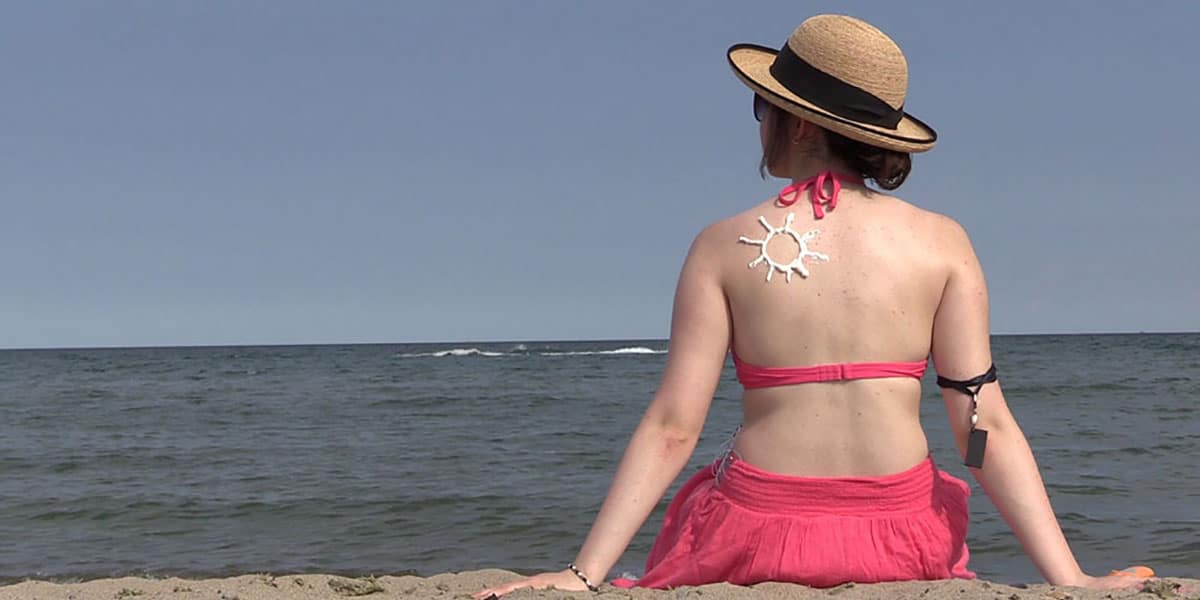No matter how well we communicate the dangers of tanning, and no matter the prevalence of skin cancer, there will be a percentage of the population that simply doesn’t care. People can be stubborn. Some are reluctant to change their routines to fit in sun safety, especially if they haven’t yet noticed the signs of premature aging, or if they haven’t yet had a run-in with skin cancer. Is this unfortunate? Yes. But it’s important to understand.
First we should focus on educating younger generations on sun safe behaviour, and making sure sun protection becomes part of their daily routine from the get-go. This education starts in the classroom. We should encourage early childhood educators and elementary school teachers to incorporate sun safety into their curricula. Cancer Research UK encourages nursery schools to have interactive discussions about sun protection, and incorporate sun safety into arts and music programs. Nursery school staff should be well educated on sun safety, and it should be mandatory for them to practice proper sun protection to set a good example for their students. Educating parents through take-home material is also recommended¹.
Teens are still impressionable, which is why we should leverage social media to communicate with them about the dangers of UV exposure. Promoting the use of hashtags like #sunscreenselfie and #ownyourtone could encourage sun protection amongst teen peer groups, and social media contests sponsored by different organizations could incentivize sun protection. What’s more, advertising campaigns featuring slim models encourage teens to lose weight, and the same idea applies to sun safety. Pale models discourage tanning and encourage teens to protect their skin from UV rays. To read more on this topic, check out our post on the psychology of tanning.Some adults may be hesitant to incorporate sun safety into their routines, but this doesn’t mean that we should stop encouraging them to do so. Cancer Council Australia recommends city councils advocate for increased shade in the community, and take initiatives like posting signs, distributing free sunscreen and informative flyers, and making announcements about sun safety². Physicians should also remind patients about sun safety at annual physicals.
All things considered, putting an end to UV overexposure can’t be done single-handedly, and these initiatives will only work if we do. But still, most sun protection tips found in flyers and online are generalized. In order to be effective, sun protection tips should be more personalized than “seek shade in the middle of the day” or “reapply sunscreen every 2 hours”. Our goal with Sun Index is to provide personalized sun safety tips and send notifications based on users’ skin types, specific to their locations, in real-time. Sun Index lets you know how much time you have until developing a sunburn, and how much sunscreen to apply to your body.Sources:
- Cancer Research UK. (n.d.). Sun Protection Policy Guidelines for Nurseries and Pre-schools. Retrieved on July 14, 2016
- Cancer Council NSW. (2010). Local Government Improving sun protection across the community. Retrieved on July 14, 2016



